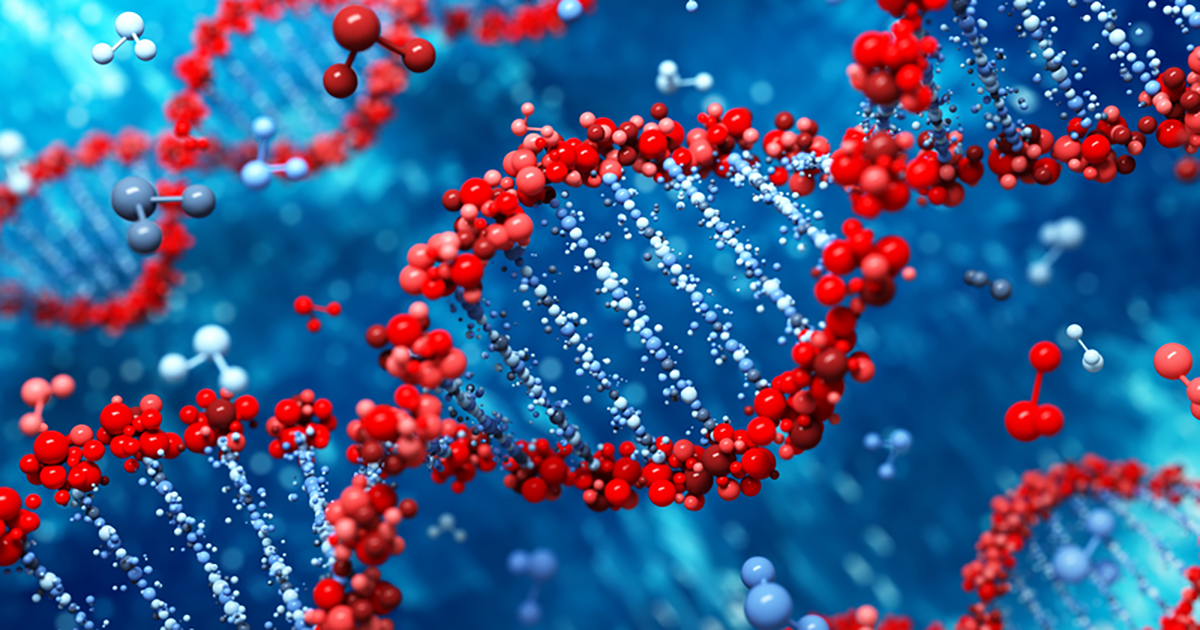Causes And Types Of Dwarfism
Dwarfism is a rare medical condition of short stature that may be caused by a genetic mutation or medical condition affecting bone growth. The condition goes by many names, including 'person of short stature,' 'little person,' and 'LP,' which are preferred over 'dwarf.' Many cases of dwarfism have an unknown cause when a gene spontaneously mutates, but the condition often runs in families.
It's a common misconception that dwarfism is just about height, but the condition comes from a genetic or medical condition. Most individuals with the condition are no more than four feet ten inches tall but short stature can be caused by other medical issues, such as malnutrition, not related to dwarfism. The following are common types and causes of the condition.
Genetics

There are more than two hundred conditions that can cause dwarfism, but the most common types, skeletal dwarfisms in which there is abnormal bone growth, are genetic. Several types of dwarfism are related to genetics such as diastrophic dysplasia and spondyloepiphyseal dysplasias (SED).
Skeletal dysplasia dwarfism is caused by a genetic mutation that is inherited or occurs spontaneously. Some forms of dwarfism are inherited recessively, which means a child must get two copies of the mutated gene to be affected by the condition. Other types can be inherited in a dominant manner, meaning a child needs only one mutated gene from either parent or spontaneously to develop dwarfism.
Learn more about the primary causes and types of dwarfism.